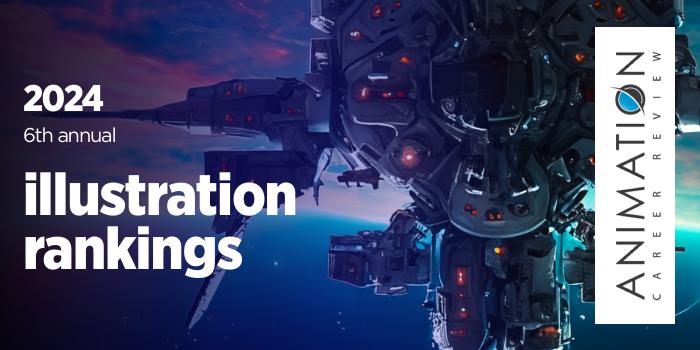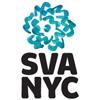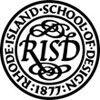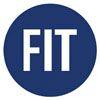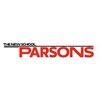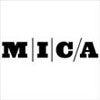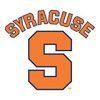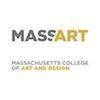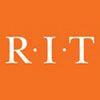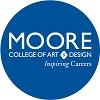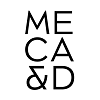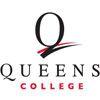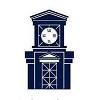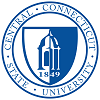The School of Design at University of the Arts (UArts) serves around 200 students enrolled in six BFA programs and three minors. All School of Design students benefit from collaborative projects between majors; a Design internship at an individual artist studio or places such a Cartoon Network, Anthropologie, and Barnes & Noble; professional preparation course and activities; and access to the Albert M. Greenfield Makerspace and the Center for Immersive Media (CIM).
The Makerspace is a 3,500-square-foot digital and fabrication studio outfitted with state-of-the-art equipment such as 3D printers and scanners, laser cutters, and printed circuit board (PCB) printers.
At 5,600 square feet, the CIM is the largest space of its kind in the region. The facility houses an optical motion-capture system, a 16-station computing classroom with PCs optimized for real-time computer graphics rendering, two large project rooms, a four-channel audio system, video projectors, and lighting instruments with adjustable color and zoom. In the CIM, students can explore augmented and virtual reality (AR/VR), human-computer interaction (HCI), and performance motion capture.
The School of Design also provides an Illustration BFA and a minor in Figurative Illustration. Consisting of 15 credit hours, the Figurative Illustration minor requires Illustration I: Pictorial Foundation; Illustration II: Illustration Methods; Figure Anatomy; and Responsive Drawing. For the remaining credits, students may take Figure Communication or Figure Painting. Like all UArts minors, the Figurative Illustration minor is open to all students.
The UArts Illustration BFA is a 120 credit hour program that provides intense training using the latest industry software including InDesign, Illustrator, Adobe Photoshop, and After Effects. All students will complete the School of Design Core—a distinctive first-year experience with course modules in the Makerspace and CIM. Examples of areas covered include visual communication, design technology, design thinking, and team building.
Illustration BFA students will complete 61.5-63 credits in the major. Course examples for the program include Illustration with Traditional Media; History of Illustration; Object and World Building; Conceptual Problem Solving & Narrative Development; Illustration with Digital Media; New Media Illustration; Drawing as Seeing; Figure Painting; Design Studio; Thinking Through Science; and Digital Design Lab.
Professional development courses include Business & Preparation for Design Practice; Figurative Interpretation & Personal Voice; Illustration Markets & Promotion; Professional Practice; and Illustration Portfolio Builder. To enhance the degree, all students have access to 17 minors outside of the minors provided through the School of Design. Examples include Animation; Game Art; Film; Graphic Design; Creative Writing; Print Media; Painting; Advertising Practices; Art History; and Business.
The Illustration BFA program at University of the Arts culminates with the Illustration Thesis Studio and Illustration Thesis II courses.
Graduates of the Illustration and Figurative Illustration programs at University of the Arts are prepared to pursue positions at studios, magazines, newspapers, networks, publishers, major brands and retailers, advertising firms, toy makers, government agencies, and more. Program alumni have worked with Marvel Comics, Cartoon Network, Simon & Schuster, NASA, Disney, Hasbro, Warner Bros., Nickelodeon, Blizzard Entertainment, Mattel, The New Yorker, Hallmark, The Wall Street Journal, MTV, Ralph Lauren, PBS, Harper-Collins, New York Times, Fisher Price, Major League Baseball, Newsweek, Random House, Time, NASA, Penguin Group Publishing, MTV, Martha Stewart, ESPN, Facebook, Fortune, 20th Century Fox, Rolling Stone, Reader’s Digest, and National Geographic Magazine (Nat Geo).
Founded in 1876 as part of the Philadelphia Museum of Art, University of the Arts serves approximately 1,315 students enrolled in more than 40 degree programs in fine arts, design, media arts, dance, music, theater, and crafts. More than 20 minors are available and open to all students. UArts programs are offered in the Schools of Art, Dance, Design, Film, Music, Theater Arts, and Graduate and Professional Studies. University of the Arts is accredited by the Middle States Commission on Higher Education (MSCHE).


